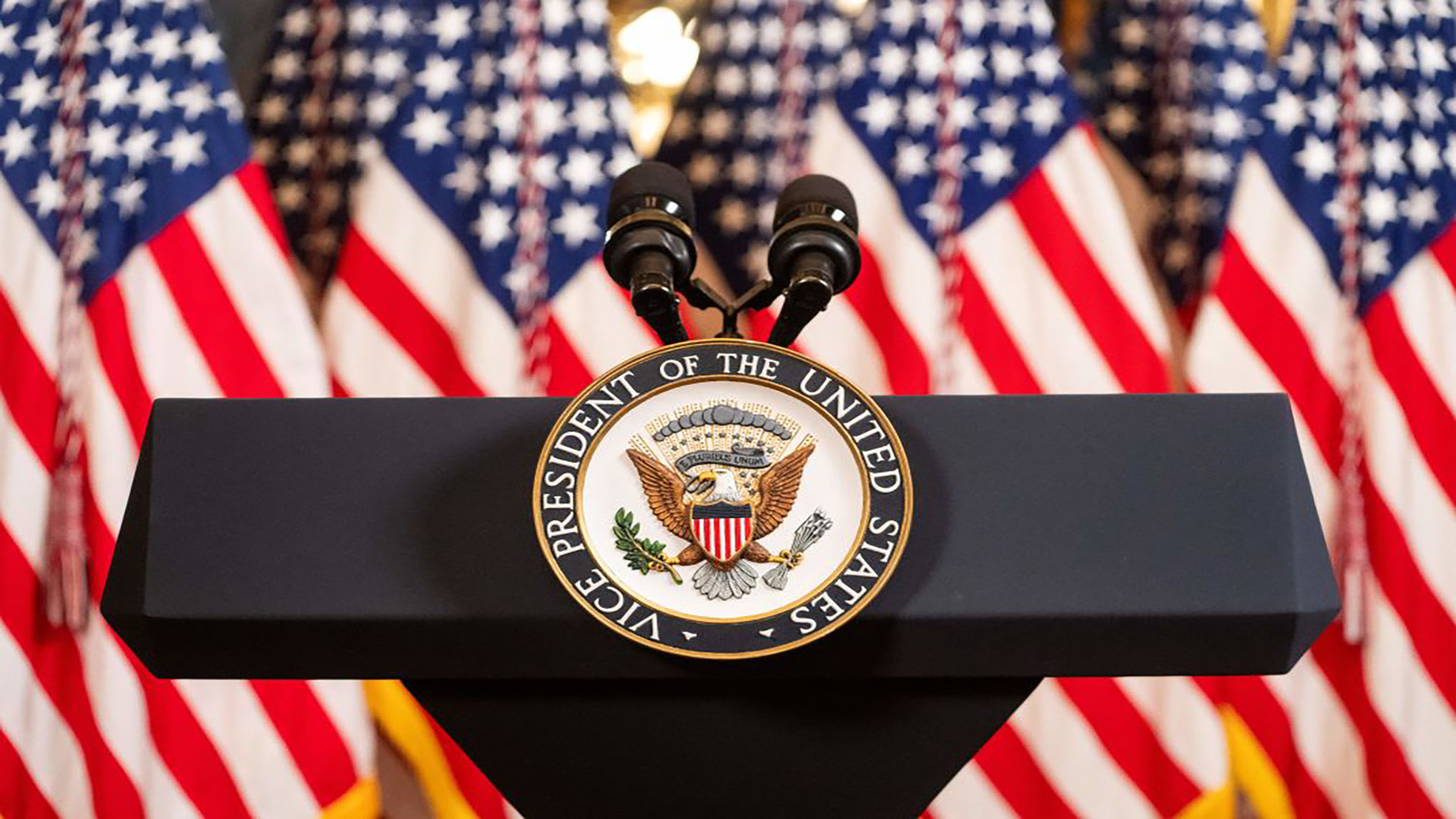Three things you need to know about the US National Security Memorandum on AI
The US Government has identified three core objectives to advance its leadership in AI, but the program will require significant investment to meet its ambitious goals


On 24 October the White House published its National Security Memorandum on AI, centering around harnessing the technology’s potential while fostering the development of safe, secure, and trustworthy systems.
The US government was required to write the National Security Memorandum (NSM) as a part of its AI Executive Order issued in October 2023.
A year later and the White House has pushed out a 40-page document, which represents the most complete articulation of the US’s national security strategy and policy approach around AI to date.
The main focus of the NSM centers around frontier models, defined as “general-purpose AI system[s] near the cutting-edge of performance, as measured by widely accepted publicly available benchmarks, or similar assessments of reasoning, science, and overall capabilities.”
As AI companies like OpenAI, Google, Anthropic, and more continue to push out new models that are more powerful and sophisticated than the last, the NSM looks to cement the US’s position at the forefront of AI innovation, while ensuring these new technologies remain secure.
Cody Cornell, chief strategy officer at Swimlane, said the US is faced with a difficult balancing act in trying to lead the world in AI technology without jeopardizing state security in the process.
“The memorandum released yesterday aims to position the U.S. as a global leader in AI while promoting responsible and secure AI development. While this is a significant step forward, this approach presents a challenging balance between fostering innovation and ensuring safety and privacy,” he explained.
Sign up today and you will receive a free copy of our Future Focus 2025 report - the leading guidance on AI, cybersecurity and other IT challenges as per 700+ senior executives
“The push for robust security measures to address AI’s potential risks may inadvertently create fiction, potentially slowing down technological advancements. The U.S. aspires to be at the forefront of technological innovation, but achieving this while creating and enforcing stringent safety protocols presents a near-contradictory goal.”
Here’s everything you need to know about the national security memorandum.
Attracting talent will be central to United States’ AI leadership
The NSM sets out three top-level objectives that will guide the US government’s activities around AI and national security. The first of these priorities is for the US to remain a leader in the world’s development of advanced AI systems.
The memo stated that part of this approach will require access to the world’s AI talent, urging all federal agencies to do everything they can to attract individuals with AI expertise to the US.
Second, the NSM declared that the US must leverage AI technologies to achieve its national security objectives, advocating for wider adoption of AI systems in its national security agencies.
This, of course, came with the caveat that the respective agencies must understand AI’s limitations, and that employing frontier models in these environments will require, “significant technical, organizational, and policy changes.”
RELATED WHITEPAPER

This will include encouraging agencies to increase their individual efforts to better attract and retain top AI talent, and evaluate how they can reform their procurement and contracting practices to get the most out of the AI expertise in the private sector.
Jeff Le, VP of global government affairs and public policy at SecurityScorecard, noted the importance of widening the talent pool in order to meet this surging demand for AI skills, stating it’s an area in which government departments are currently struggling to compete with the private sector.
“There should also be more to address the AI workforce, specifically to ensure more can be done to reduce superficial barriers, including degree requirements. Other models may attract more diverse and unique talent that the U.S. Government sorely lacks,” he argued.
“Reform to include faster tracks beyond who is available for hiring and retaining technical talent will be important for maintaining U.S. superiority in the AI space.”
The third objective lies in continuing to cultivate a stable and responsible framework to progress AI governance both domestically and internationally.
The NSM stated the international governance it seeks to champion should look to foster safe, secure, and trustworthy AI development and use which minimizes risk; realizes democratic values; respects human rights, privacy, and civil liberties, and promotes worldwide benefits from the technology.
This will be a collaborative effort, according to the memo, whereby success will be measured not only by the level of technology and innovation achieved in the US, but also “by the United States’s leadership in developing effective global norms and engaging in institutions rooted in international law, human rights, civil liberties, and democratic values.”
Cornell said the objectives outlined in the NSM are ambitious, yet sorely needed, but added the government will need to make significant investments to meet these goals.
“The memorandum’s ambitious timelines underscore the urgency of the US AI strategy, yet they also raise questions about the feasibility of these goals and where the budget will stem from,” he cautioned.
“AI initiatives require substantial investment, not only in the technology itself but in the workforce training across governmental agencies. Ensuring sufficient budget and resources for these initiatives is crucial to meet the outlined goals effectively.”

Solomon Klappholz is a former staff writer for ITPro and ChannelPro. He has experience writing about the technologies that facilitate industrial manufacturing, which led to him developing a particular interest in cybersecurity, IT regulation, industrial infrastructure applications, and machine learning.
-
 I couldn’t escape the iPhone 17 Pro this year – and it’s about time we redefined business phones
I couldn’t escape the iPhone 17 Pro this year – and it’s about time we redefined business phonesOpinion ITPro is back on smartphone reviews, as they grow more and more intertwined with our work-life balance
-
 The gig economy: Past, present, and future
The gig economy: Past, present, and futureFeature The rise of the gig economy represents a new era of flexible working despite being plagued with controversies